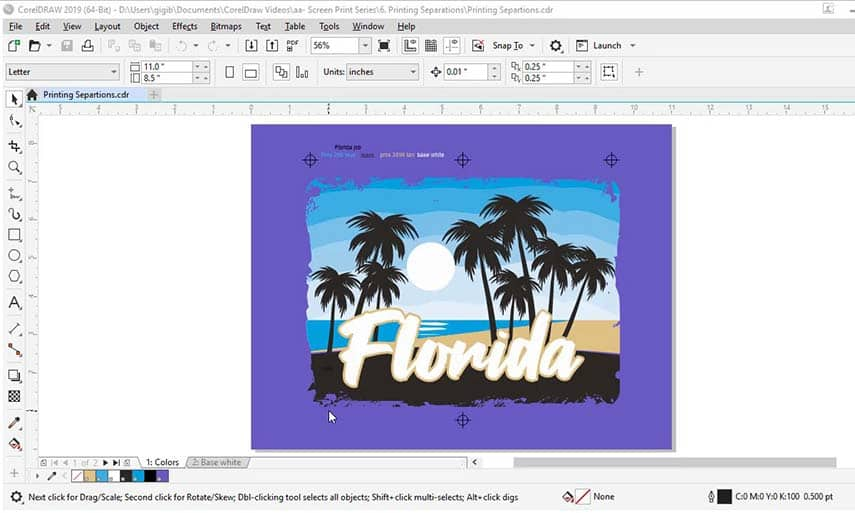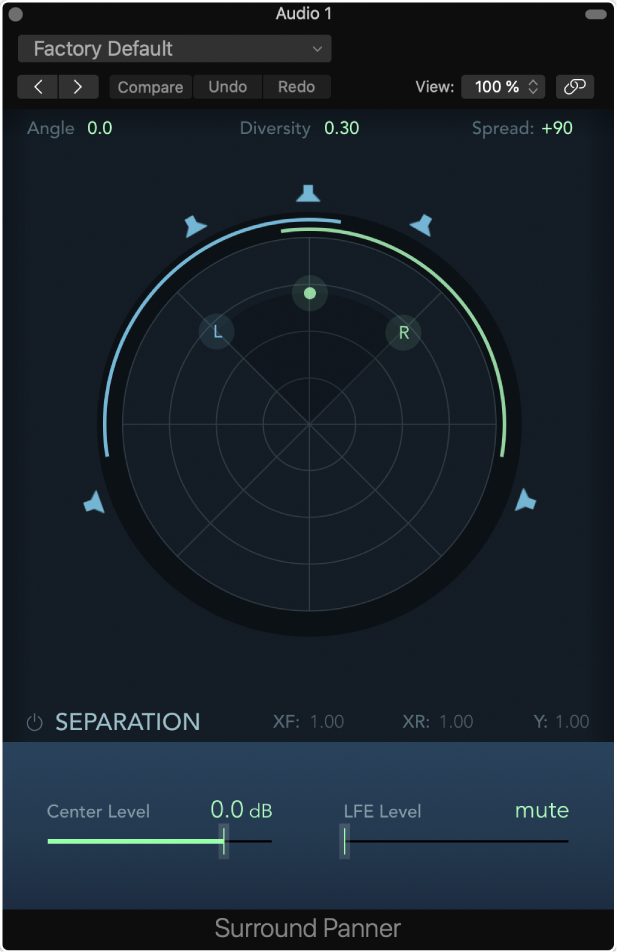

- SEPARATION STUDIO CHANGE COLORS MANUAL
- SEPARATION STUDIO CHANGE COLORS FULL
- SEPARATION STUDIO CHANGE COLORS SOFTWARE
Choose crop to content, that will eliminate the extra white space around the image The final image needs to be double-height, so using the scale option choose image scale to 16 by 64 using the broken chain link prior to entering your numbers.

Using the cell format option, remove all interior borders, and if you prefer an outside guide, add an exterior border try zoom at 75% zoom, screengrab the table content, with an added blank border surrounding it, import the result into Gimp. bmp file: copy and paste only the BW portion of the above table once more.
SEPARATION STUDIO CHANGE COLORS SOFTWARE
The latter in turn will need to be doubled in height once more prior to knitting the final fabric, whether in the software or by the machine in the downloaded design To produce the.

In the new table holding down the command key, on even-numbered rows change colored squares to black resulting in the repeat on the far right. Copy and paste the table content once more. With some familiarity with spreadsheet creation, this can be fairly quick work. It could be done all in black, but for me, that becomes difficult to keep accurate when separating large repeats. Again, holding the command key selectively, on even-numbered rows add colored cells immediately above any empty cells in the row below. If there is an error, while still holding the command key click on the individual cell or cell group again to erase the action, continue the process. Release the key at any point to work on gradually selected groups of cells.

On the new odd-numbered rows, select by holding the command key, choose black squares on each now odd-numberedrow, and used no color cell fill option to render them white. The rows are re-numbered in the new “chart” thus providing a new set of even/odd-numbered rows. Select the chosen repeat in 2 colors, copy and paste it to its right.
SEPARATION STUDIO CHANGE COLORS FULL
It will be colored, select the column and choose the no color fill option for it, then resize far wider by clicking and dragging the symbol at the upper table right to allow for copying and pasting the full repeat more than once. The process may be done in steps, releasing the key in between selecting groups Choose the hide rows option, hiding 16 rows, Fill in cells the chosen 2 colors Add a column to the table. While holding down the command key, select all the odd-numbered rows planned for the final chart repeat, any errors can be corrected by clicking again on the same spot, still holding the key down. Create a new table that is 16 cells wide, twice its height, 32. Large-size images may be scrolled through during the formatting process The working design repeat is 16X16. At less than 75% while creating charts, adding numbers or text, and sometimes changing the qualities of individual cells is harder to achieve. The zoom factor can be adjusted, increased for more visibility, and reduced prior to screen grabs that are planned to be further processed in Gimp. I prefer 20 X20 or more when working with small repeats. To start, create a table, making certain that cells are square, equal in size in height, and width. The produced image will be twice as long as the original design, not desirable for keeping the aspect ratio as close to the original as possible, but a necessity in creating some alternative types of fabrics. The dbj color separation that knits in each color for each design row twice begins with preselection from the right and continues with color-changing every 2 rows. The first preselection row is from the left to the right, the first color knits once before colors are changed every 2 rows. It is always a good idea after isolating the repeat to tile it in order to get a sense of how multiples line up I was lazy about doing that with the first version of the colored repeat in Numbers and got the result in this swatch due to a missing black cell The second tryīeginning with the long method to create the design repeat in the color separation suitable for elongated dbj: the built-in color separation in most Japanese machines for DBJ (179 and color reverse in Passap) will knit each color in each design row only once, as happens on the single bed in knitting fair isle, which in turn is far quicker to knit in that setting than by using slip stitch with color changes every 2 rows. These are 2 more samples from Barbara Walker’s book on mosaics, offering the repeats in both a 16 stitch wide and a 24 stitch versions. The process as described here assumes that there already is some understanding of Gimp’s and a spreadsheet’s basic functions. Mosaics and Mazes came on my radar once more recently, Numbers and Gimp have both been updated, and a few more ideas have occurred to me for managing the necessary color separations. I shared some working methods to achieve these color separations in 9/mosaics-and-maze…numbers-and-gimp/.
SEPARATION STUDIO CHANGE COLORS MANUAL


 0 kommentar(er)
0 kommentar(er)
